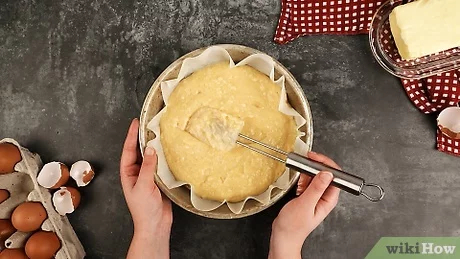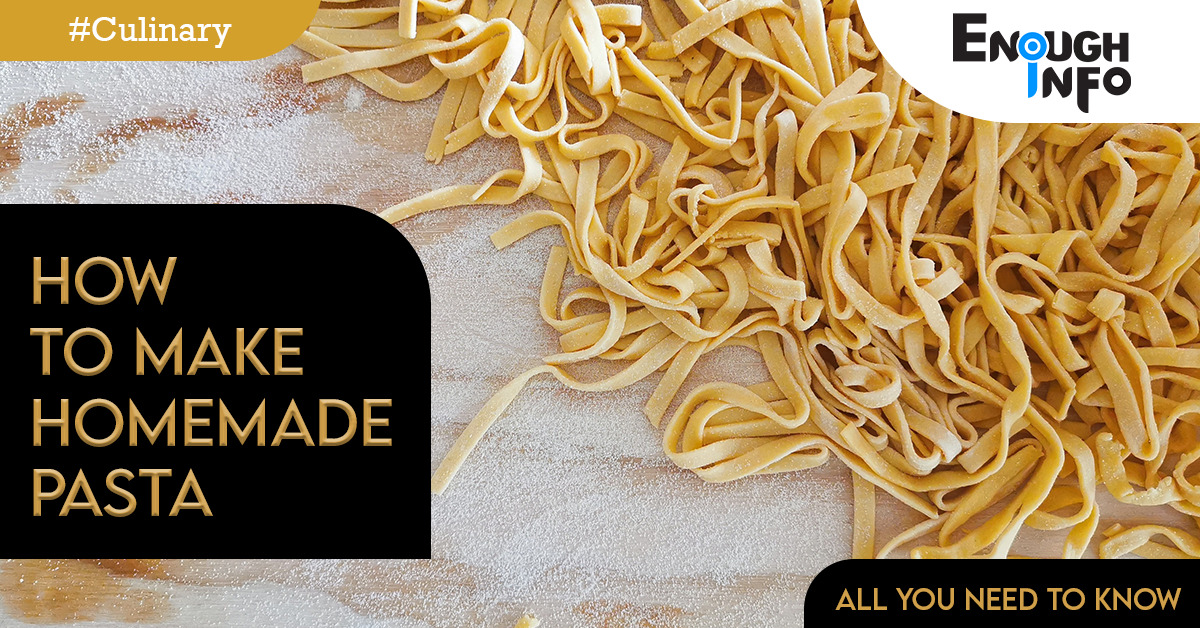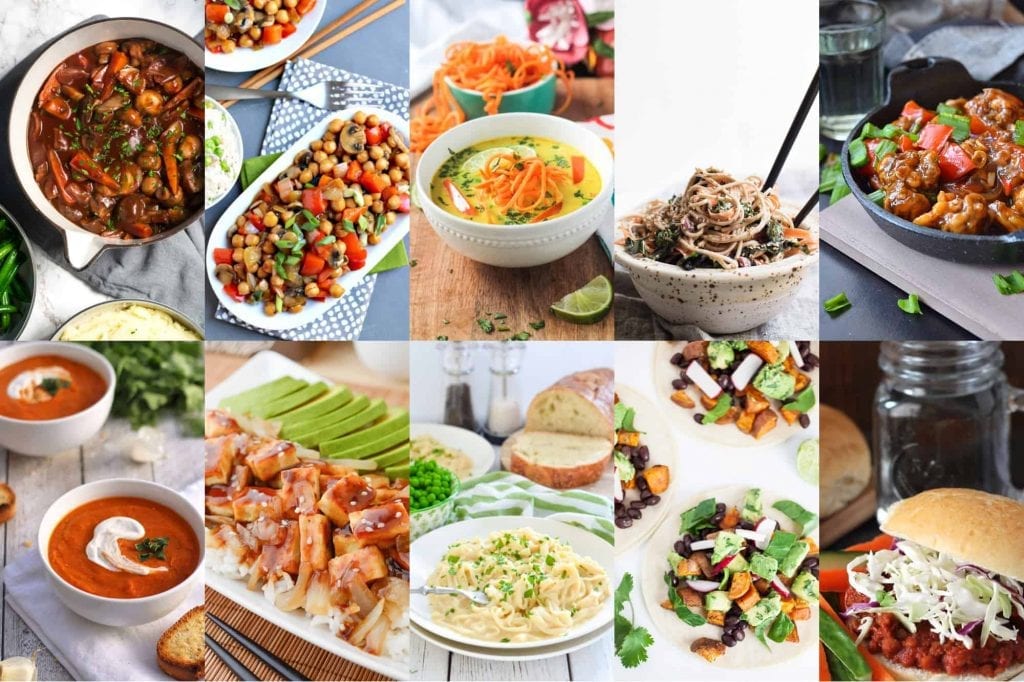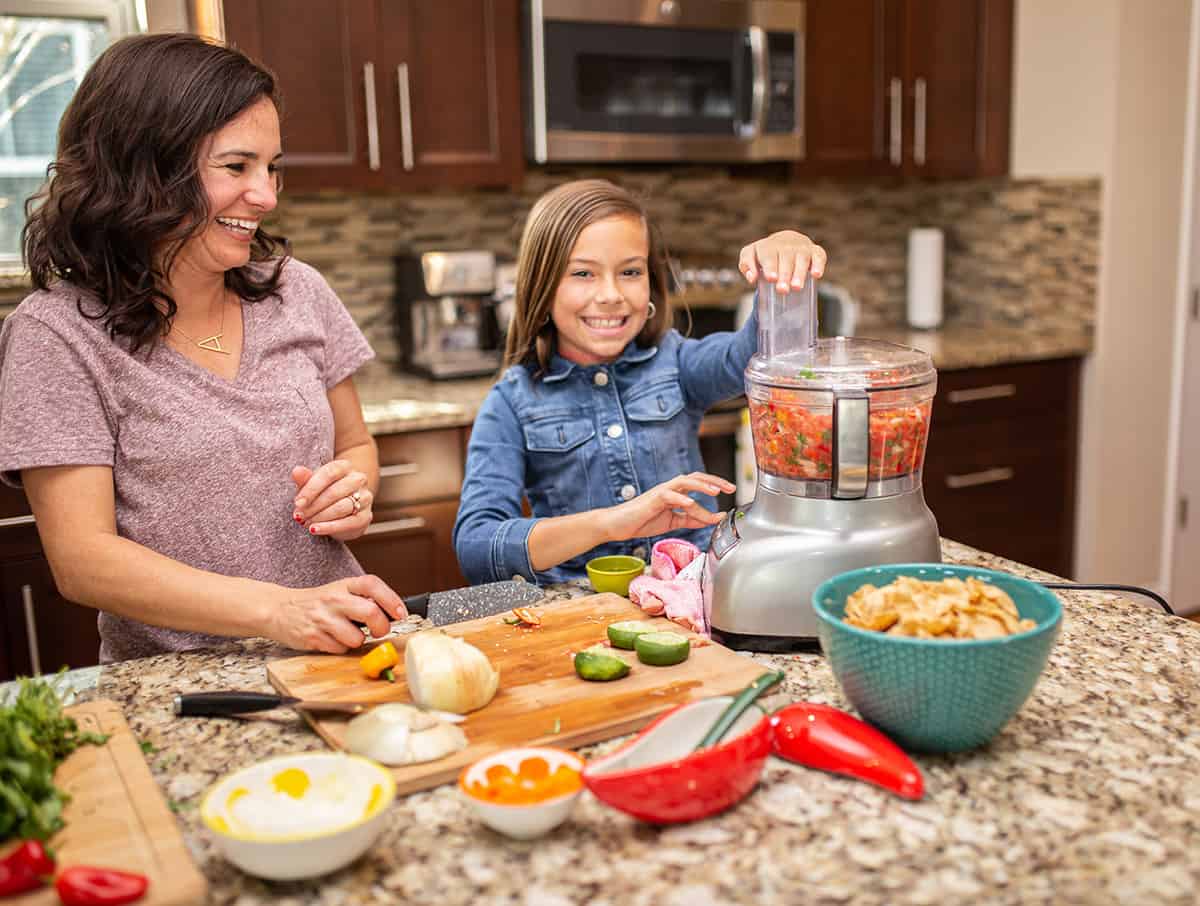How To Bake A Cake From Scratch

How to bake a cake from scratch – Baking a cake from scratch is an incredibly rewarding experience that allows you to create a delicious homemade treat. While store-bought cakes are convenient, nothing quite compares to the taste, texture, and satisfaction of a cake made with your own hands.
Baking a cake from scratch offers numerous benefits, including quality control, customization, creativity, a sense of achievement, bonding, skill development, and a nurturing of creativity and relaxation. So, next time you’re in the mood for a delicious cake, consider ditching the boxed mix and embark on the fulfilling journey of baking a cake from scratch. Your taste buds, loved ones, and the inner baker will thank you.enoughinfo
Read Also: How to make a vegan dessert
Baking a cake from scratch is important for several reasons:
- Quality Control: When you bake a cake from scratch, you have complete control over the ingredients that go into it. You can choose high-quality, fresh ingredients, avoiding artificial flavors, preservatives, and additives that are often found in pre-packaged cake mixes. This allows you to create a cake that is not only delicious but also healthier and free from unnecessary chemicals.
- Customization: Baking a cake from scratch gives you the freedom to customize it according to your taste preferences. You can adjust the sweetness, flavorings, and textures to create a cake that suits your liking. Whether you prefer a moist chocolate cake, a tangy lemon cake, or a light and fluffy vanilla cake, you have the flexibility to tailor the recipe to your exact desires.
- Creativity and Personal Touch: Baking a cake from scratch allows you to express your creativity and add a personal touch to your baked goods. You can experiment with different flavor combinations, fillings, and frostings, and even try your hand at decorative techniques. This not only makes the cake more special but also allows you to showcase your skills and unique style as a baker.
- Sense of Achievement: There’s a great sense of accomplishment that comes with successfully baking a cake from scratch. From carefully measuring and mixing the ingredients to witnessing the cake rise in the oven and filling your kitchen with its delightful aroma, the entire process is filled with small victories. When you finally slice into the finished cake and see your hard work pay off, it brings immense satisfaction and a sense of pride.
- Bonding and Sharing: Baking a cake from scratch can be a wonderful activity to share with family and friends. It creates opportunities for bonding, as you can involve loved ones in the process, whether it’s gathering ingredients, measuring, mixing, or decorating. Baking together fosters a sense of togetherness and creates lasting memories. Additionally, sharing a homemade cake with others is a gesture of love and care that can bring joy and create a sense of connection.
- Developing Baking Skills: Baking a cake from scratch allows you to develop and refine your baking skills. It provides an opportunity to learn about different techniques, such as creaming butter and sugar, folding in dry ingredients, and testing for doneness. With each cake you bake, you’ll gain experience and improve your abilities, leading to more successful and delicious results in the future.
- Nurturing Creativity and Relaxation: Baking is not just about following a recipe; it’s a form of creative expression and a way to relax and unwind. The process of measuring, mixing, and decorating can be therapeutic and calming, allowing you to channel your creativity and focus on the present moment. Baking a cake from scratch provides a meditative experience that can help reduce stress and bring a sense of joy and fulfillment.
Read Also: How To Make Homemade Jam
Mastering The Art Of Baking: A Comprehensive Guide To Baking A Cake From Scratch
In this comprehensive guide, we will take you through the step-by-step process of baking a cake from scratch, covering everything from selecting the ingredients to decorating the finished masterpiece. Whether you’re a baking novice or a seasoned pro, this guide will help you master the art of baking and create cakes that are sure to impress. Let’s get started!
Section 1: Why Bake a Cake from Scratch?
Baking a cake from scratch offers numerous advantages over using a boxed cake mix. Firstly, it allows you to control the quality of ingredients, ensuring a fresher and more natural flavor. Additionally, you have the freedom to customize the cake’s taste, texture, and appearance according to your preferences. Finally, baking from scratch is a creative and satisfying process that can be enjoyed by both beginners and experienced bakers alike.
Section 2: Selecting the Right Ingredients
Choosing the right ingredients is crucial for a successful cake. Here’s an overview of the key ingredients and their roles in the baking process:
- Flour: All-purpose flour is commonly used in cake recipes, providing structure to the cake.
- Sugar: Sweetens the cake and contributes to its moisture and tenderness.
- Eggs: Provide structure and help bind the ingredients together.
- Butter/Oil: Adds moisture and richness to the cake.
- Leavening Agents: Baking powder and/or baking soda help the cake rise.
- Liquids: Typically include milk, buttermilk, or water, which add moisture and enhance the texture of the cake.
- Flavorings: Vanilla extract, cocoa powder, citrus zest, or other extracts can be used to enhance the flavor of the cake.
Section 3: Essential Baking Equipment
To bake a cake from scratch, you’ll need a few essential baking tools and equipment:
- Mixing Bowls: Use different-sized bowls for mixing dry and wet ingredients.
- Measuring Cups and Spoons: Precise measurements are crucial for baking success.
- Electric Mixer or Whisk: Helps mix the ingredients thoroughly and incorporate air into the batter.
- Rubber Spatula: Used for folding ingredients together and scraping the sides of the bowl.
- Cake Pans: Choose round, square, or rectangular pans based on the desired cake shape.
- Cooling Rack: Allows the cake to cool evenly and prevents the bottom from becoming soggy.
Section 4: Preparing the Cake Pans
Preparing the cake pans properly ensures that your cake doesn’t stick and comes out easily. Follow these steps:
- Grease the Pans: Apply a thin layer of butter or cooking spray to the bottom and sides of the pans.
- Add Flour or Parchment Paper: Dust the pans with flour or line the bottom with parchment paper to prevent sticking.
Section 5: Mixing the Batter

Properly mixing the cake batter ensures a light and tender cake. Here’s a basic method:
- Sift Dry Ingredients: In a bowl, sift together the flour, baking powder/soda, and salt to remove any lumps and ensure even distribution.
- Cream Butter and Sugar: In a separate mixing bowl, cream together the softened butter and sugar until light and fluffy. This can be done with an electric mixer or by hand with a whisk.
- Add Eggs: Add the eggs one at a time, beating well after each addition. This helps incorporate air into the batter and ensures a smooth texture.
- Alternate Dry and Wet Ingredients: Gradually add the dry ingredients to the creamed mixture, alternating with the liquids (milk, buttermilk, or water). Begin and end with the dry ingredients. Mix until just combined, avoiding overmixing.
- Incorporate Flavorings: Add any desired flavorings, such as vanilla extract or cocoa powder, and mix until evenly distributed.How to bake a cake from scratch
Read Also: How To Make French Toast(Step by Step)
Section 6: Baking and Testing for Doneness
Once the batter is prepared, it’s time to bake the cake to perfection. Follow these steps:
- Preheat the Oven: Preheat your oven to the temperature specified in the recipe.
- Fill the Cake Pans: Divide the batter equally between the prepared cake pans, ensuring an even distribution.
- Bake in the Oven: Place the pans in the preheated oven and bake for the recommended time, rotating the pans halfway through for even baking.
- Test for Doneness: Insert a toothpick or cake tester into the center of the cake. If it comes out clean or with a few crumbs, the cake is done. If there is wet batter clinging to the tester, continue baking for a few more minutes.
Section 7: Cooling and Removing the Cake from the Pans

Proper cooling and removal from the pans are essential to prevent the cake from breaking or sticking. Follow these steps:
- Cool in the Pans: Allow the cakes to cool in the pans for about 10 minutes to firm up slightly.
- Transfer to a Cooling Rack: Invert the pans onto a cooling rack and gently tap to release the cakes. Remove the pans and let the cakes cool completely before frosting.
Section 8: Frosting and Decorating the Cake
Now comes the fun part—frosting and decorating your cake. Here’s a general outline:
- Prepare the Frosting: Choose a frosting recipe that complements your cake. Popular options include buttercream, cream cheese, or ganache. Follow the recipe instructions to prepare the frosting.
- Level the Cakes: If necessary, use a serrated knife to level the tops of the cakes for even stacking.
- Apply a Crumb Coat: Spread a thin layer of frosting, known as a crumb coat, over the entire cake to seal in any loose crumbs. Chill the cake in the refrigerator for about 15 minutes to set the crumb coat.
- Frost the Cake: Apply a generous amount of frosting to the cake, starting with the top and spreading it evenly to the sides. Use a spatula or offset spatula to smooth the frosting for a clean finish.
- Decorate: Get creative and decorate your cake with additional frosting, piping, sprinkles, fresh fruit, or other decorative elements.
Section 9: Storing and Serving the Cake
To ensure your cake stays fresh and delicious, follow these guidelines for storing and serving:
- Storage: If not serving immediately, store the cake in an airtight container or cover it with plastic wrap to prevent drying. Refrigerate if the frosting contains perishable ingredients.
- Serving: Bring the cake to room temperature before serving for the best flavor and texture. Use a sharp knife to slice and serve each delicious piece.
Read Also: 100 Happy Birthday Wishes(Ultimate Guide)
Frequently Asked Questions (FAQs) and Answers
Can I substitute ingredients in a cake recipe?
- Flour: You can substitute all-purpose flour with cake flour for a lighter texture or with whole wheat flour for a healthier option. Keep in mind that different flours absorb liquids differently, so adjustments may be needed.
- Sugar: Granulated sugar can be replaced with alternative sweeteners like honey, maple syrup, or coconut sugar. However, note that these substitutions may affect the texture and moisture of the cake.
- Butter/Oil: In some recipes, you can substitute butter with oil (such as vegetable or canola oil) or vice versa. Just remember that butter adds flavor and richness, while oil contributes moisture.
- Eggs: In some cases, you can replace eggs with ingredients like applesauce, mashed bananas, yogurt, or buttermilk. However, keep in mind that eggs provide structure and moisture, so the texture may be slightly different.
It’s always best to consult a trusted recipe or baking resource for specific substitution guidelines, as the ratios and results can vary depending on the recipe.
How can I prevent my cake from sticking to the pan?
To prevent your cake from sticking to the pan, it’s important to properly prepare the pans before baking. Here are a few tips:
- Grease the pans: Apply a thin layer of butter or cooking spray to the bottom and sides of the pans. This creates a barrier between the cake batter and the pan, preventing sticking.
- Add flour or parchment paper: Dust the greased pans with flour, tapping out any excess. Alternatively, you can line the bottom of the pans with parchment paper, which makes it easier to remove the cake.
Why did my cake sink in the middle?
Several factors can cause a cake to sink in the middle, including:
- Overmixing the batter: Overmixing the batter can cause excessive air incorporation, leading to an unstable structure that collapses during baking. Mix the batter until just combined to avoid this issue.
- Opening the oven door too early: Opening the oven door before the cake has set can cause a sudden drop in temperature, leading to sinking. Avoid opening the oven door during the initial stages of baking.
- Insufficient baking time: If the cake is not fully baked, it may sink as it cools. Use a toothpick or cake tester to check for doneness before removing it from the oven.
How long can I store a cake?
The storage time for a cake depends on the ingredients, frosting, and storage conditions. In general, an uncut cake stored in an airtight container at room temperature can stay fresh for 2-3 days. Cakes with perishable fillings or frostings should be refrigerated and consumed within a shorter time frame, typically within 3-4 days. It’s always best to check the specific recipe or frosting guidelines for more accurate storage information.
Can I freeze a cake?
Yes, you can freeze a cake to extend its shelf life. Ensure the cake is completely cooled before freezing. Wrap it tightly in plastic wrap, followed by a layer of aluminum foil, to prevent freezer burn. Frozen cakes can typically be stored for up to 2-3 months. Thaw the cake in the refrigerator overnight before serving.
Read Also: How To Make A Homemade Pizza From Scratch
Conclusion
Baking a cake from scratch allows you to create a delectable treat that is made with love and customized to your taste. By following the step-by-step instructions provided in this comprehensive guide, you’ll be well-equipped to bake a cake from scratch with confidence. Remember to select high-quality ingredients, use the right equipment, and follow the proper techniques for mixing, baking, and decorating. Take the time to understand the role of each ingredient and make any necessary adjustments based on personal preferences or dietary restrictions.
Don’t be afraid to experiment and add your own creative touches to the cake. Baking is both a science and an art, and it’s through practice and experimentation that you’ll truly master the craft.
Lastly, don’t forget to enjoy the process. Baking a cake from scratch is not only about the end result but also about the joy and satisfaction that comes from creating something delicious with your own hands. So put on your apron, preheat the oven, and let your creativity soar as you embark on the wonderful journey of baking a cake from scratch. Happy baking!



